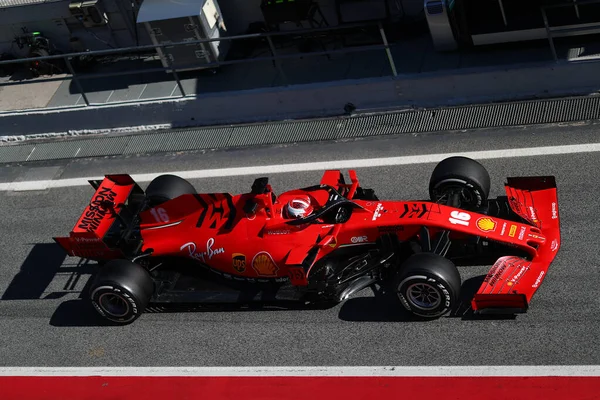CEVA Logistics sends Formula One cargo by rail for first time in Scuderia Ferrari’s history
The F1 racing team Scuderia Ferrari recently used an inventive rail transport solution in North America designed by CEVA Logistics, a global leader in third-party logistics.
In an attempt by the two firms to lower carbon emissions, Ferrari equipment is being transported by train between three of the North American F1 Grand Prix races—a first for the sport.
Ever since they started working together in 2022, CEVA has been revolutionizing the logistics program for Scuderia Ferrari. The six distinct 45-ton equipment kits that travel the world now mostly go by road and ocean freight, with air freight serving as a backup, while CEVA makes sure the equipment gets to all 23 Grand Prix racing venues on schedule.
In order to lower transportation’s carbon emissions, the global logistics player suggested a new plan of action for the 2023 season: shipping the equipment kit by train across North America.
The racing gear was transported in six 53-foot (16-meter) containers from Montreal, Canada, to Austin, Texas, and will travel a further roughly 2,000 miles from Austin to Las Vegas, Nevada.
The project team at CEVA determined that the use of rail segments to connect the three Formula One races cut carbon emissions by 32% when compared to an all-road trucking option and 90% when compared to the corresponding air travel.
It’s a complex logistical challenge to figure out how to best route the various kits between races, but the vast train network in the United States makes it feasible. The project team at CEVA is collaborating closely with rail firms to ensure that rail transportation precisely aligns with the timetable of the Formula 1 Grand Prix.
In North America, Scuderia Ferrari’s rail transportation is integrated with road transportation from the rail terminal locations.
Strict administration is needed to coordinate these many modes and guarantee a seamless transfer of commodities from one to the other. To guarantee that everything arrives on schedule, CEVA’s project team must also provide specific handling, coordination, and proactive contingency planning while moving equipment by rail.
For instance, between CEVA’s Dallas hub and the Austin Grand Prix site, the equipment traveling from Montreal to Las Vegas via Austin needed to be stored and transported by road. The same procedure will be needed between CEVA’s Los Angeles facility and the Las Vegas Grand Prix circuit.
